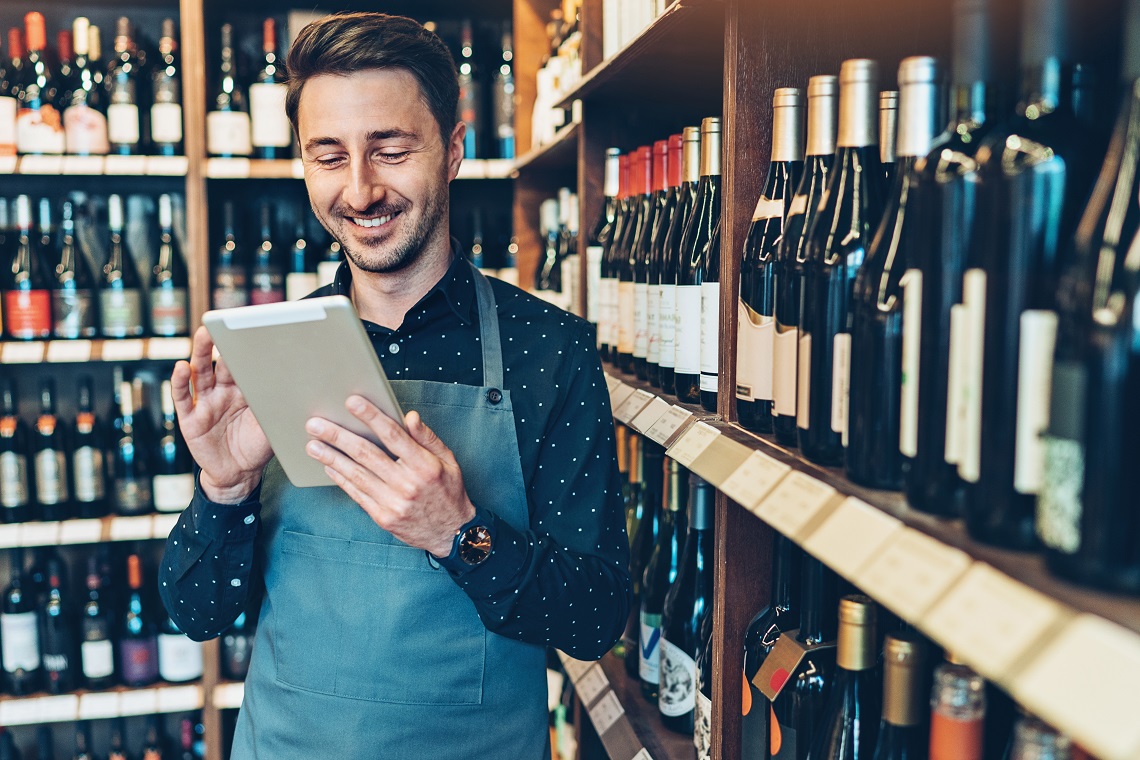Recent results from Woolworths, Coles and Treasury Wine Estates have highlighted huge uplifts in e-commerce sales and revenue and Wine Intelligence says there is now an unprecedented growth opportunity across multiple markets.
Wine Intelligence’s Richard Halstead said that the wine e-commerce channel was improving prior to COVID-19, thanks to a combination of advancing handheld technology, more sophisticated, well-funded and user-friendly delivery apps, and a growing habit for using the internet to buy everything from clothes to food.
So is the growth that retailers and producers are seeing in this channel something that might fade once lockdowns end and the world begins to find itself heading back towards some kind of pre-COVID normalcy?
Halstead says that because of the improvements seen in e-commerce tech the growth story would have been there, but there is no doubting it has had a giant shot of adrenaline since the start of 2020.
“The apparatus for selecting interesting wines and delivering them safely to a consumer’s front door has been deployed with remarkable speed and effect to fill a sudden and mass-market need for home delivery of alcohol across multiple markets,” he said.
“The closure of many on-premise establishments across the world, combined with restrictions on physical shopping as well as worries about catching the virus, have driven many consumers who would not consider using the online channel in normal times to try it for the first time. And with everyone stuck at home, the last mile problem of being home when your wine is delivered has suddenly been solved.
“This leaves a rather interesting puzzle for us to face in 2021. Wine e-commerce advocates would freely admit that, until COVID, they were running a niche business. No one seriously contemplated getting most people to buy wine online most of the time when the product could be easily purchased in a supermarket or liquor store.
“The original business plan was that e-commerce was only of interest to a more involved segment of the wine drinking population, for whom the selection on the supermarket shelf might not be sufficient, and would be driven more by certain occasions – ie Christmas or a special dinner party.
“Instead, wine e-commerce has become a more mainstream product in multiple markets, and its user base has expanded from the 10-20 per cent of engaged, discovery-oriented wine drinkers towards the 40-50 per cent of the population who like wine and buy it regularly, but aren’t always bothered with all the intellectual stuff that might accompany it.
“The remarkable progress of e-commerce in wine over the past 12 months is clearly visible in the usage data that accompanies Wine Intelligence’s latest Global Wine E-commerce multimarket report, published today, and will be a finding that many producers, brand owners and retailers are incorporating into their business plans for 2021 and beyond.”
So what will happen as pandemic restrictions fade? As consumers begin travelling again, particularly between office and home, will shopping habits revert to pre-COVID patterns?
Halstead said that the Wine Intelligence Global Wine E-Commerce Report addressed the question of the legacy of the pandemic.
He said: “Within the data, there are many reasons to be cheerful: the post-COVID online wine buyers tend to be younger, high spending, and – mainly – as interested in discovery as they are a good deal. There are also some warning lights for business planners. In most markets, those using wine e-commerce are doing so in addition to their use of physical stores.
“Their motivations for using online are largely convenience-led. Should post-COVID normality return, and with it the lack of a reason to be at home waiting for a delivery or the fact that the bars and restaurants are open, will the reasons to use e-commerce for wine fade?
For the moment, there are a large number of consumers who are using the internet to buy wine, and they appear to be happy doing so – a remarkable silver lining to the disruption of the COVID era.
“The global wine business has an unprecedented opportunity in 2021 to build a stronger relationship with its consumers on the back of this relative good fortune – and possibly cultivate more engaged wine drinkers as a result.”

